Mining Oil Shale Would Be Disastrous to Utah’s Rivers, Climate, and Public Health—but the Trump Administration Wants to Do It Anyway
NRDC and other environmental and public health groups are suing to stop an extraction project (the first of its kind in the United States) proposed by the Estonian company Enefit.
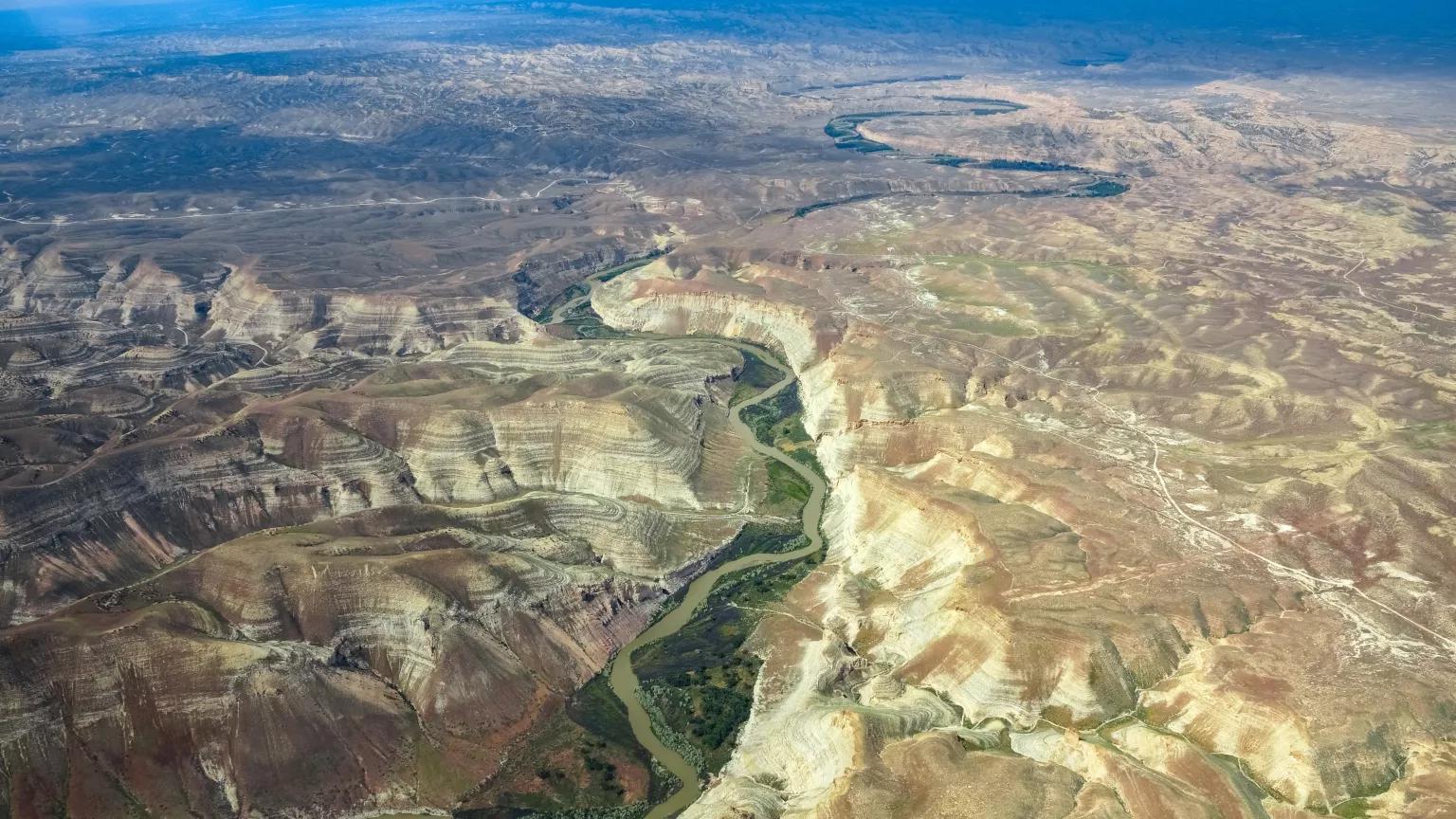
The White River, 40 miles southeast of Vernal, Utah
EcoFlight
Fifty million years ago in what would become Utah, a huge, lopsided droop in the land between two mountain ranges filled with water. Tiny organisms lived and died in the warm lake, which later dried out. But the organic layer left behind by the lake’s aquatic life eventually became deposits of oil shale and oil sands—and later, one of the largest unconventional fossil fuel reservoirs in the world.
Today, in what is now high desert split in half by the Green River, Utah’s Uinta Basin is home to pronghorn sheep, elk, bear, mule deer, endangered fish and plants, and fewer than 35,000 people—all sharing their turf with more than 10,000 fracking wells that pockmark the landscape. The U.S. Geological Survey (USGS) estimates that there are 1.3 trillion barrels of recoverable oil here.
Despite the thousands of fracking wells, the Trump administration appears to be unsatisfied with the current rate of extraction. The Bureau of Land Management (BLM) is now looking to facilitate oil shale development in the basin—a highly energy-intensive form of mining fuel from rock. Environmental and public health experts say such an operation could further imperil endangered plants and animals, put human lives in jeopardy, strain freshwater resources, and, of course, exacerbate the climate crisis.
A coalition of environmental advocacy groups including NRDC, Living Rivers/Colorado RiverKeeper, Sierra Club, Utah Physicians for a Healthy Environment, Waterkeeper Alliance, Grand Canyon Trust, and Center for Biological Diversity have brought a lawsuit against the BLM to fight what would be the nation’s first commercial-scale oil shale development. The coalition is being represented by attorneys from Earthjustice and two of the plaintiff organizations.
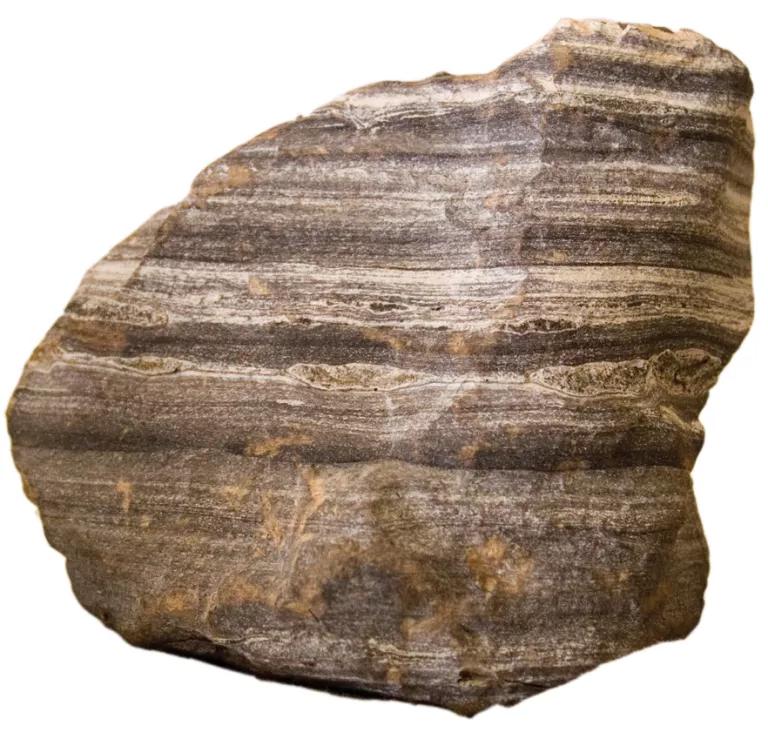
Oil shale
Extracting oil from shale rock isn’t a new idea; an Arabian doctor figured out how to do it in the 10th century, and the British Crown granted a patent for the process in 1684. Over the past 100 years, oil shale development has gone through several boom-and-bust cycles of interest, based on global oil prices. Michael Hiatt, a staff attorney for Earthjustice, says, “When oil is more expensive, there will be a lot of activity around oil shale claims, and then oil prices drop and it’s not worth it.”
That’s because oil shale mining and processing is inefficient, expensive, and destructive compared with conventional crude oil extraction—a dirty enough industry in its own right. It’s also a distinct process from fracking. Getting usable oil from oil shale requires strip-mining rocks and baking them at extremely high temperatures, which involves large volumes of water and energy. This process pulls out a fossilized material called kerogen that’s then turned into refinery-ready synthetic crude. According to a 2008 BLM report, the rock-to-oil system produces up to 10 gallons of wastewater per short ton of processed oil shale.
It’s no surprise, then, that only three countries—China, Brazil, and Estonia—currently extract oil from shale rock. In Estonia, where oil shale is the country’s main source of energy, one study found the industry’s mines and processing plants have resulted in numerous waste dumps and ash hills that not only pollute nearby groundwater and streams, but also pose a serious threat to the Baltic Sea. Another study found that the costs to public health exceed the profits made by Estonia’s oil shale industry.
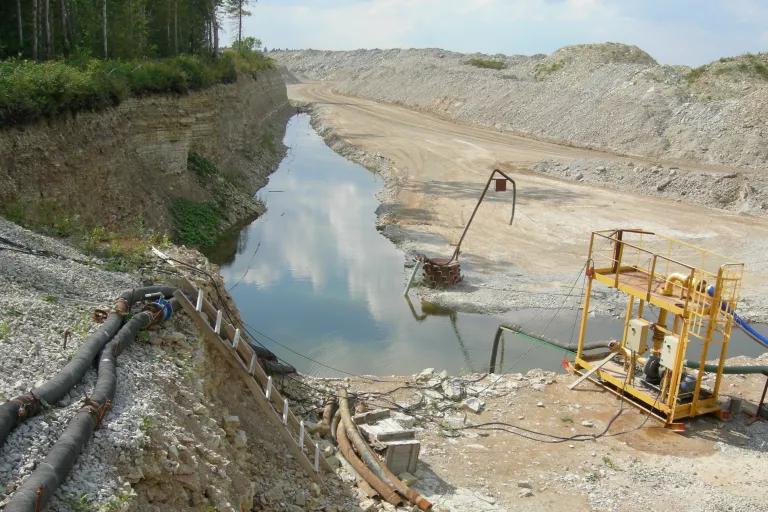
An Enefit mine near Kohtla-Järve, Estonia
Despite these dangers, Enefit, a company owned by the Estonian government, wants to bring its technology to Utah. In 2011 the company purchased land and leases to develop oil shale in the Uinta Basin, and its plans now include strip-mining high-desert habitat. The company also wants to build a factory about 45 miles south of Dinosaur National Monument to process some 28 million tons of rock a year, then ship the oil off to a refinery. Technically, the project would be situated on private land, but due to the location of the extraction and processing area, Enefit needs the federal government’s permission to build the utility infrastructure—two transmission lines and four pipelines—on public lands. Last fall the BLM signed off on Enefit’s requested rights-of-way.
“The Bureau of Land Management approved this utility as if it were happening in a vacuum—as if the project would proceed with or without the public-land access,” says Ann Alexander, a senior attorney with NRDC. But without that access for its pipes, the project would likely become economically unfeasible for the Estonian company. What’s more, Alexander points out, BLM “looked only at the [environmental] impact of the utility infrastructure, and not the impact of the project as a whole.”
In approving the project, the agency did not meaningfully take into account its effect on air quality, only superficially looked at how much water it would consume, and ignored the project’s potential impact on endangered species. For example, in its analysis of how Enefit’s proposed water withdrawals would affect the Green River, BLM officials examined only the water removals that would occur during the construction of the pipelines—not the ongoing withdrawals that would be necessary to operate the oil shale processing facility.
In fact, the operation would be an extremely thirsty one, drawing 10,000 acre-feet of water from the river every year, with three to five barrels of water needed for every barrel of oil produced. “This is a massive withdrawal from the Green River, which is a tributary of the Colorado River,” says Hiatt, and “it’s already stressed.” According to the USGS, from 1985 to 2010 the population of the Colorado River Basin (people who get their water primarily from the river and its tributaries) increased from 4.56 to 9.44 million people. The Southwest is rapidly growing, and more people need more water.
Enefit’s water use would not only “hasten the collapse of a critical water supply system already teetering on the brink of failure,” states Daniel E. Estrin, advocacy director at Waterkeeper Alliance in a release; it would also directly harm the habitat of four endangered fish living in the Upper Colorado River (which the Green flows into). Dams have already decimated the populations of the Colorado pikeminnow and the bony-humped razorback sucker by destroying their preferred habitat: fast-moving river water. Taking more water from the Green River certainly would not help. Meanwhile, the mining for the oil shale would imperil two rare species of penstemons (perennial plants also known as beardtongues) for which protections have been proposed under the Endangered Species Act.
Brian Moench, a medical doctor who is the founder and president of Utah Physicians for a Healthy Environment, is concerned about the project’s impacts on human health. “There will be lots of fugitive dust and diesel emissions from heavy equipment involved in the in situ heating process,” he says. Moench points out that the heating of the shale rock will also release volatile organic compounds (VOCs). “There is no safe level of VOCs, nitrogen oxides, ozone, or particulate matter,” he says. “The greater the exposure, the greater the damage.”
Indeed, the ground-level ozone formed by VOCs is linked to diseases of the respiratory, cardiovascular, nervous, and reproductive systems. “They shorten life spans and can even precipitate cancer and genetic mutations that can be passed on, harming the health of subsequent generations,” says Moench.
Speaking of future generations, the mining, processing, and burning of oil shale fuel also packs a big climate punch. The Union of Concerned Scientists estimates that oil shale produces “three or more times as many heat-trapping gas emissions as conventional oil.” Over the next 30 years, Enefit plans to extract 547 million barrels of oil from Utah. That would put more than 200 million tons of greenhouse gases into the atmosphere—equivalent to what 50 average coal-fired power plants spew into the air annually. It’s no wonder environmental groups point to oil sands as a “carbon bomb.”
“It may be an uphill battle,” says NRDC’s Alexander, referring to the legal fight ahead against the Trump administration. “But we are determined to do everything we can to push back against this kind of insanity.”
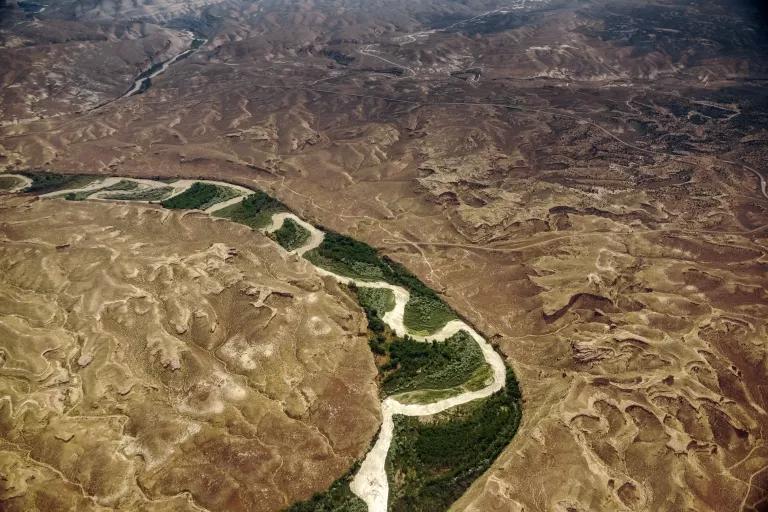
An aerial image of the Unita region
EcoFlight
This NRDC.org story is available for online republication by news media outlets or nonprofits under these conditions: The writer(s) must be credited with a byline; you must note prominently that the story was originally published by NRDC.org and link to the original; the story cannot be edited (beyond simple things such as grammar); you can’t resell the story in any form or grant republishing rights to other outlets; you can’t republish our material wholesale or automatically—you need to select stories individually; you can’t republish the photos or graphics on our site without specific permission; you should drop us a note to let us know when you’ve used one of our stories.

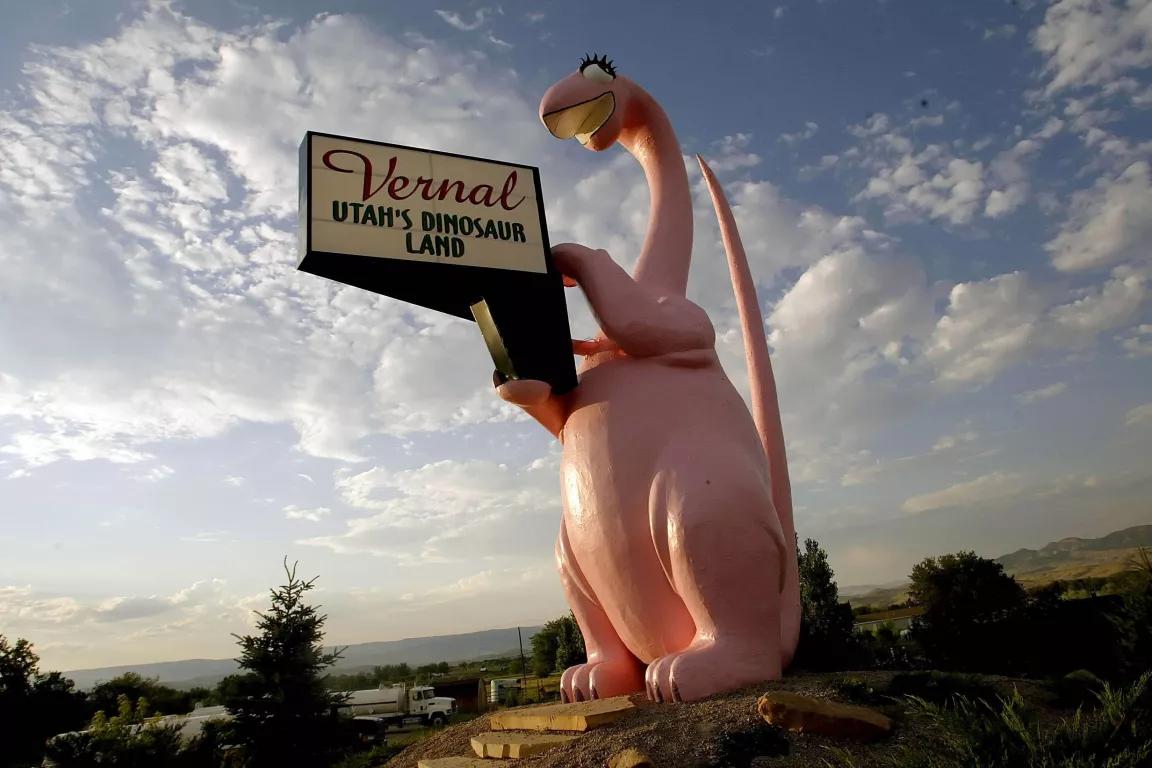
The Uinta Basin Railway Would Be a Bigger Carbon Bomb Than Willow
What Are the Causes of Climate Change?
In Utah, Industry Pounces on What Were, Not Long Ago, Our Public Lands